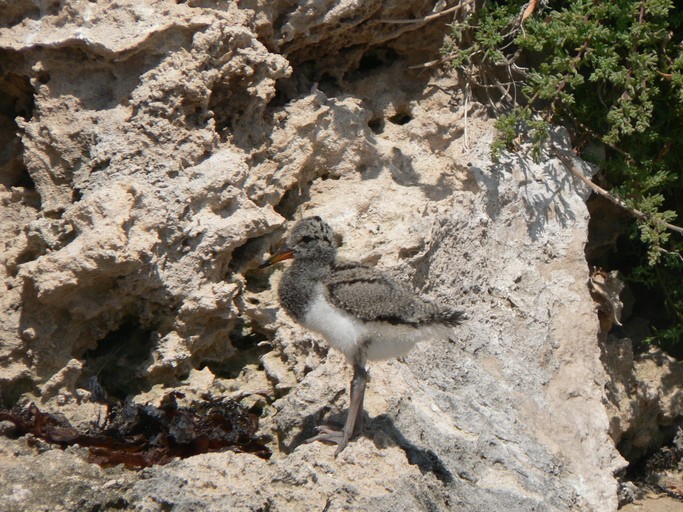Pied Oystercatcher
A species of Oystercatchers Scientific name : Haematopus longirostris Genus : Oystercatchers
Pied Oystercatcher, A species of Oystercatchers
Botanical name: Haematopus longirostris
Genus: Oystercatchers
Content
Description People often ask General Info
Description
The name "oystercatcher" is something of a misnomer for this species, because they seldom eat oysters, which are found mainly on rocky coastlines. Pied oystercatchers frequent sandy coastlines, where they feed mainly on bivalve molluscs, which are prised apart with their specially adapted bill. This Australian species is easily recognized by the characteristic 5–8 cm long orange-red beak, slender pink legs and black and white plumage. With the wings extended, a white wing-stripe is also visible. The male and female show little differentiation, except that the males generally sport a shorter, wider beak. 
Size
51 cm
Colors
Black
White
Life Expectancy
16 years
Nest Placement
Ground
Feeding Habits
Pied Oystercatcher's diet primarily consists of bivalve mollusks and various invertebrates. They exhibit learned behaviors to crack open hard shells, showcasing unique feeding techniques.
Habitat
Pied Oystercatcher is commonly found inhabiting coastal environments. Their breeding grounds include saltmarshes, sandy and shingle beaches, as well as low dunes and pastures near shores, with a preference for open areas for nesting. Outside of the breeding season, these birds are typically observed on estuarine mudflats and sandy beaches across broader coastal regions. The habitat use of pied Oystercatcher sometimes demonstrates segregation from similar species, such as H. fuliginosus, especially during breeding seasons.
Dite type
Aquatic invertebrate eater
People often ask
General Info
Feeding Habits
Bird food type
Species Status
The pied oystercatcher is considered federally to be 'secure' and in New South Wales, Australia, is listed as 'endangered'. 
Scientific Classification
Phylum
Chordates Class
Birds Order
Shorebirds Family
Oystercatchers Genus
Oystercatchers Species
Pied Oystercatcher 